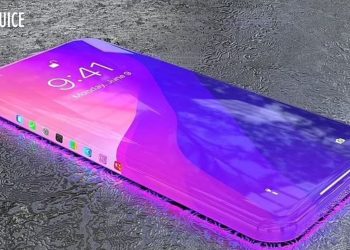In a historic event, the United Launch Alliance (ULA) successfully launched the Vulcan Centaur Rocket carrying NASA’s Peregrine 1 Lunar lander from Cape Canaveral, Florida.
This mission is poised to become the first American moon landing in 50 years, with the last one being the Apollo mission in 1972. Significantly, it also marks the maiden lunar landing by a private company.
Scheduled to reach the moon on February 23, Peregrine’s mission extends beyond commercial spaceflight, serving as a crucial step in space exploration.
Loaded with scientific payloads, including tiny robots from Mexico and physical bitcoins designed to gather valuable lunar surface data, the lander has introduced an unexpected element – it is transporting cremated remains and DNA of over 200 individuals.
Among them are reportedly hair samples from former US presidents George Washington, Dwight Eisenhower, and John F. Kennedy.
The lunar journey also hosts space memorial missions by companies Celestis and Elysium Space. This includes the DNA of renowned science fiction author Arthur C Clarke, as well as the cremated ashes of Star Trek creator Gene Roddenberry and several cast members, including Nichelle Nichols.
Despite these innovative ventures, the presence of human remains on the lunar lander has sparked concerns, particularly from the President of the largest Indigenous tribe in America, the Narajevo Nation. They view the mission as a “desecration” of the Moon, considering its sacred significance in their culture.
This successful launch of the Vulcan Centaur signifies a pivotal moment in space exploration, blurring the lines between government-led and private sector space missions.







